Soccer is a sport that can be very physically demanding on the human body.
Players need huge amounts of energy to be able to make short and long sprints, sliding tackles and even acrobatic jumps when a soccer ball travels above ground.
And when those bursts of energy diminish, recuperation time is needed before players resume with their competitive activity.
During such periods, some players choose to sit on a soccer ball as a way of momentarily catching their breath from a resting position.
This point naturally leads me on to the answer for this article’s topic, which is…
Soccer players can easily sit on soccer balls without falling over because they are fully inflated. The pressurised air within them acts as a cushion that shoulders their body weight. However, sitting on soccer balls goes against the rules of the game and is not recommended because the action is dangerous to players and opponents, along with the fact that it can cause structural damage to the ball.

Want to test your knowledge on soccer ball care?
Take the quiz by clicking the button below and see just how informed you truly are!
Note - You'll need to enter your email address to see the final results.


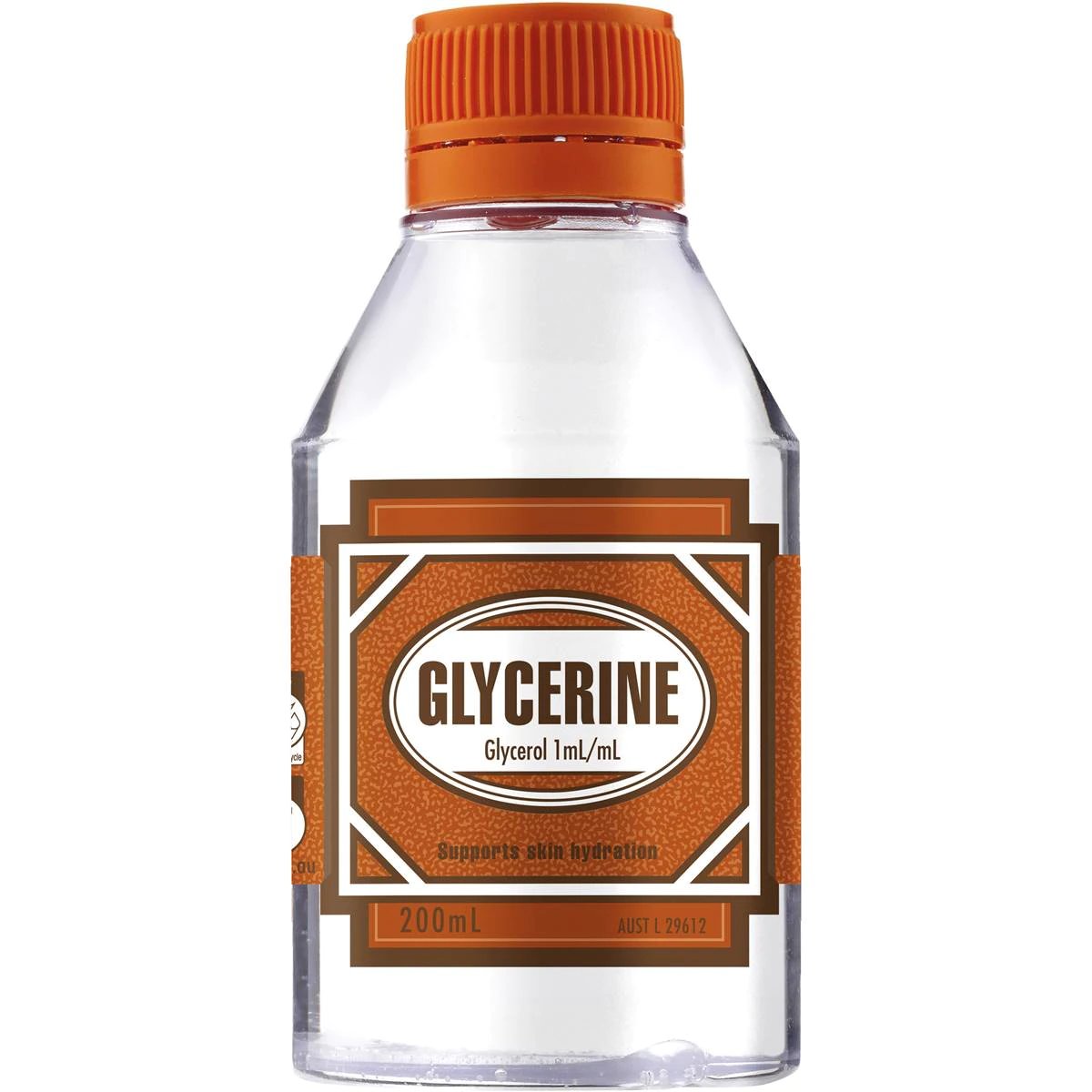




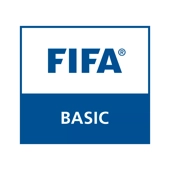




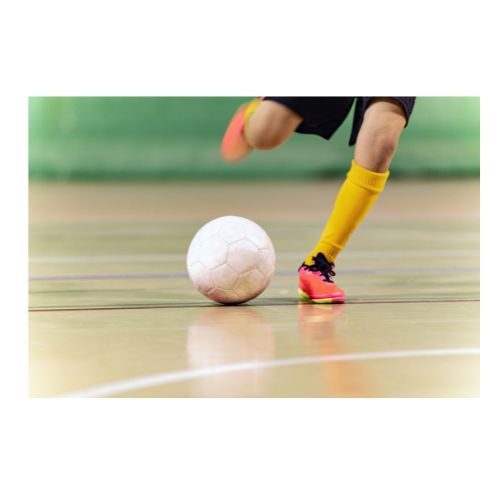



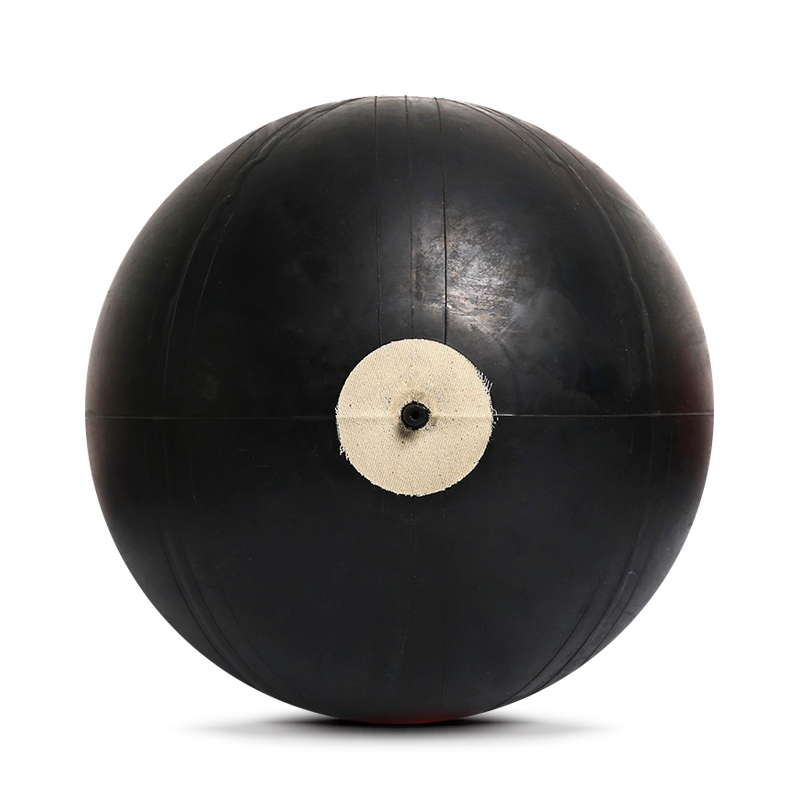




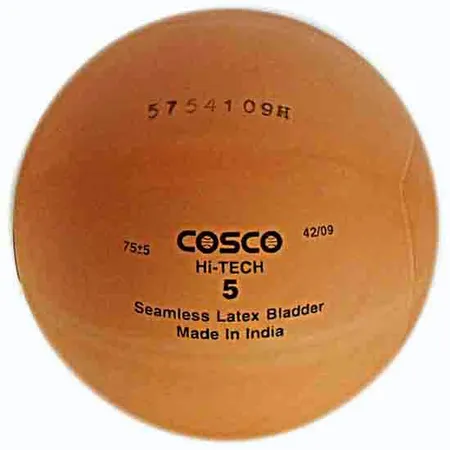


I’m now going to provide further insight on why this popular habit can be so detrimental.
Why is sitting on a soccer ball bad?
You might think that sitting on a soccer ball is relatively harmless.
After all, when players take a breather during training sessions there’s typically never any recognisable negative impact as a result of such an action.
Players simply rest on top of the soccer balls if there are no seats available or in cases where they prefer not to lay their legs on natural or artificial grass.
But here’s the thing…
If you sit on a soccer ball continuously, you will be shortening its overall longevity.
You see, it’s just like how you shouldn’t use a soccer ball on concrete!
Anyway, read on to learn exactly how.
1. Structural damage
Soccer balls are made to have a distinct spherical shape, as this external structure provides numerous performance benefits such as bounce uniformity and impressive aerodynamics.
In fact, the world football governing body – FIFA – has a stringent quality assurance programme put in place to evaluate soccer balls under laboratory conditions.
The tests that they run include checking things like:
- Ball weight;
- Circumference;
- Water absorption;
- Bounce ability; and
- Shape retention
It’s so important for soccer balls to meet and exceed the aforementioned quality requirements.
Because if they didn’t, games would not be fair contests between two opponents.
There’s a strong likelihood that fixtures would descend into exploitative events where teams would simply look to gain sneaky advantages from a soccer ball that is inadequate for regular match play.
So, that brings me on to my initial point.
A soccer ball is not built for the inherent purpose of being sat on when players need to recover from periods of intense physical activity.
Doing so repeatedly would damage the external structure and warp its spherical shape into an oval or oblong like form.
The weight of the human body is simply too much for the outer covering and inner bladder of a soccer ball to handle.
Pressing against the surface like that will squish the soccer ball in the same way that an orange or a mango fruit can be flattened with enough force exerted.
Now, if you don’t know how an oval or an oblong look like, then take a look at the illustration below:
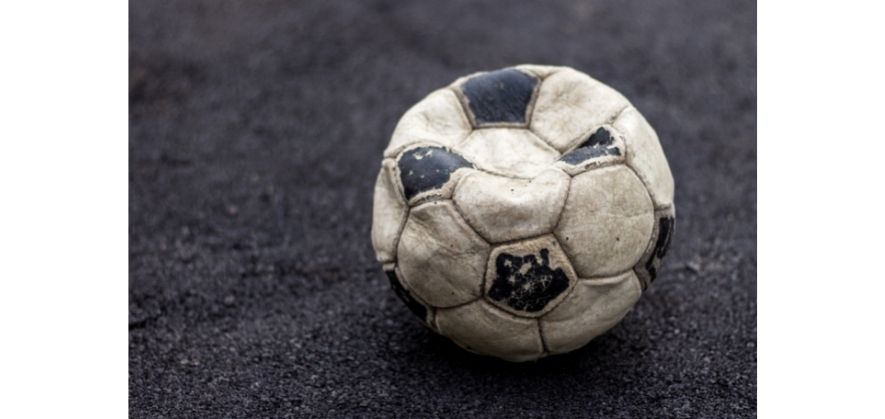
Is that how you want your soccer ball to appear?
Should your answer to the previous question be a no, then refrain from sitting on your soccer ball at all times because it can lose air and end up looking just like this.
You can also check out our guide on how to take care of your soccer ball, as that article should equip you with some useful tips and pointers on keeping it in the best possible condition.
2. Safety concerns
Another major point that players should take into account before deciding whether to sit on a soccer ball is their own safety.
You see, a soccer ball doesn’t function as a body rest in the same way that a normal chair would.
Chairs remain stationary even when they are sat on due to their four-legged design (pictured below), which cannot be said for the former as they still move around from side to side during the process.
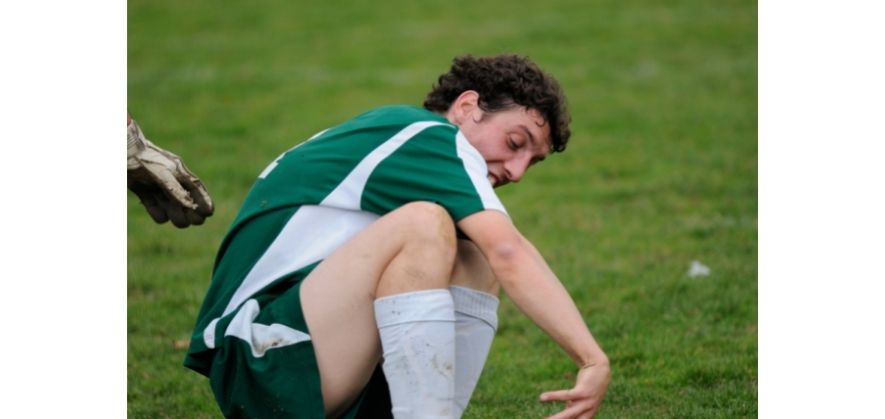
If you’re not careful, it’s quite easy to fall over a soccer ball and hurt different areas of your body.
For example, if an opposition player made an attempt to retrieve the soccer ball whilst you were sat on it, they could cause you to fall over and injure your lower back with a simple kick attempt.
A trip to the hospital because of sitting on a soccer ball is not something you want to experience.
What do the rules say about sitting on a soccer ball?
Quite astonishingly, there is no explicit documentation in the International Football Association Board’s (IFAB) Laws of the Game that directly prohibits players from sitting on a soccer ball.
However, the action may fall under the guise of dangerous play, which includes:
“Any action that, while trying to play the ball, threatens injury to someone (including the player them self) and includes preventing a nearby opponent from playing the ball for fear of injury.”
Source – Law 12 on Fouls and Misconduct
Although, this ruling is still open to a referee’s personal interpretation, meaning that they can take their own discretion to decide whether to call a foul or not.
In such a scenario, if an opponent tried to gain possession whilst a player sat on the soccer ball, the referee’s whistle could be blown for an indirect free kick in the opposition’s favour.
Are you allowed to stand on the soccer ball?
If you’ve been following soccer for as long as I have, then you may have come across a famous Nike television advertisement.
The now-retired Thierry Henry can be seen standing on a soccer ball inside a house, as he attempts to evade a group of Manchester United players who appear to have come to his residence to try and steal possession of the ball.
Have a look at this short clip:
Even though the Frenchman performs this move in a television advert, theoretically it would also fall under the umbrella of dangerous play within a competitive match atmosphere.
The possible reason for this is that a person is prevented from making a safe attempt to gain possession, because the player standing on the soccer ball could topple over and injure themselves if the ball gets kicked with enough force.
Wrap up
Having read this article until its conclusion, you should now be aware of the possibilities and risks that come with sitting on a soccer ball.
But let me just recap things quickly…
Sitting on a soccer ball within a game is generally considered a dangerous offence within the sport, and if the action is committed, there is a high likelihood of an indirect free kick being awarded to the affected team. However, there are soccer players who like to rest on top of them as a habit when recovering from periods of strenuous physical activity.
With all that said, soccer balls are a major part of the sport as without them the beautiful game can not be enjoyed as it is.
You might want to take a look at our buying guide on the finest soccer balls to see if there are any good options out there which you’d fancy picking up.
If you enjoy the content that I create and would like to buy me a coffee, then I’d really appreciate it!
Any money that I earn through this donation will be re-invested into more content for this website.
Additionally, by sending in a donation you’ll also receive a copy of my recently released 190+ page eBook on Soccer Ball Care, as well as be subscribed to our mailing list where you’ll be regularly informed on the latest developments concerning the Soccer Whizz blog.
- Future Icons: Europe’s Emerging Midfield Maestros Set for Glory - December 4, 2023
- Kickstarting a Revolution: How Soccer Transformed the United States Over the Last Four Years - October 7, 2023
- 4-1-4-1 Soccer Formation [Analysis] - September 23, 2023

